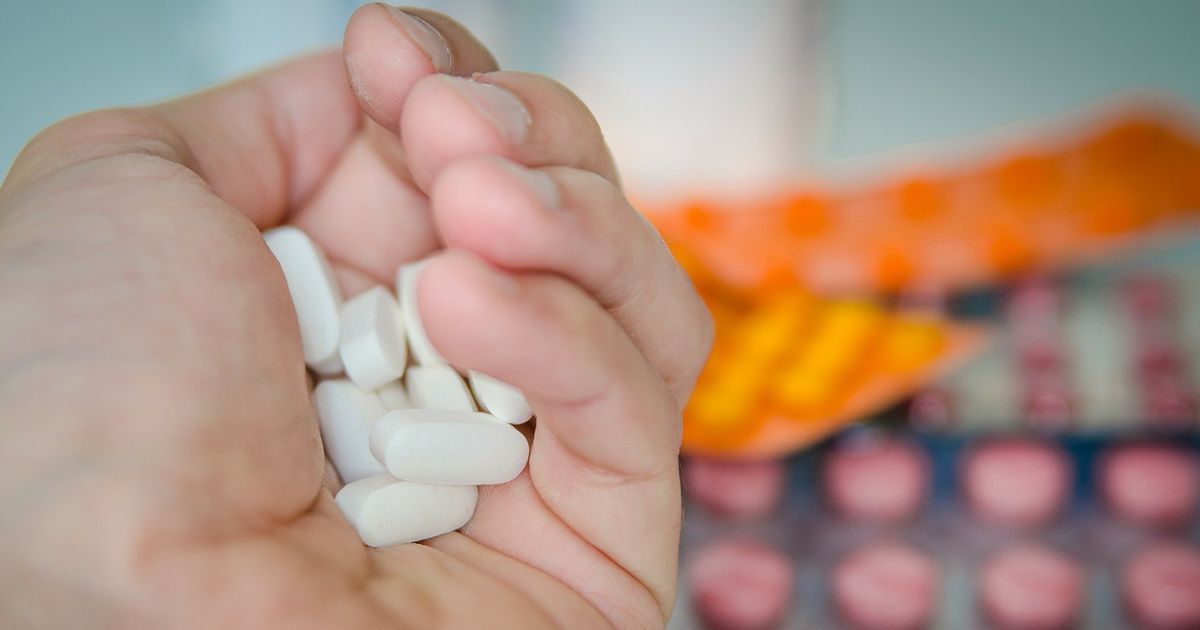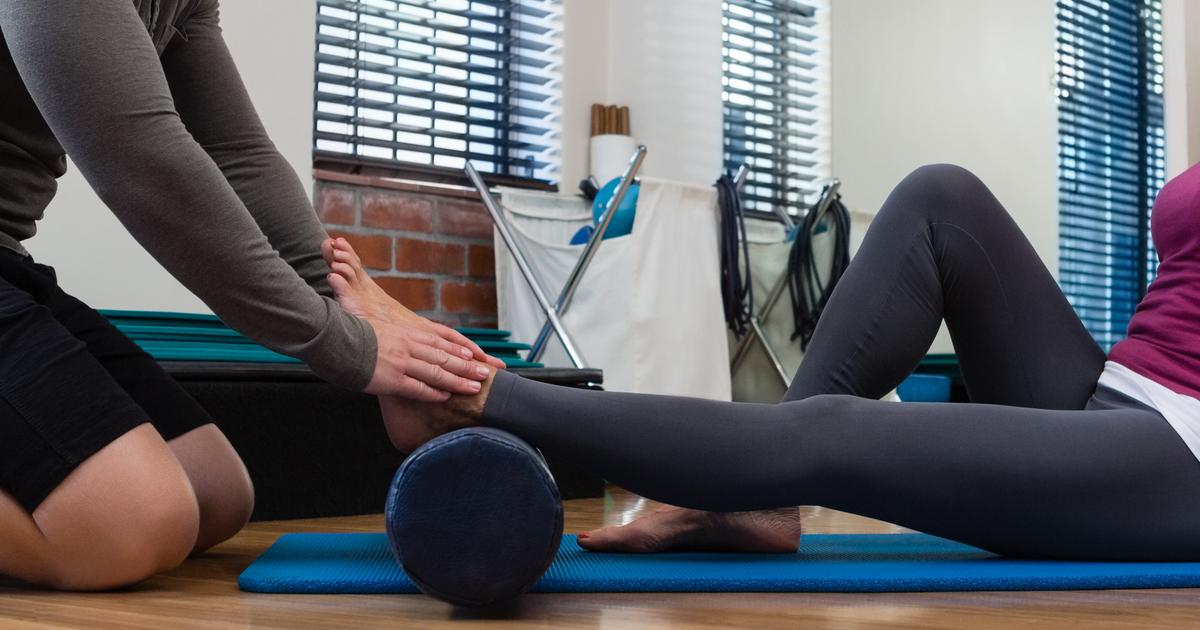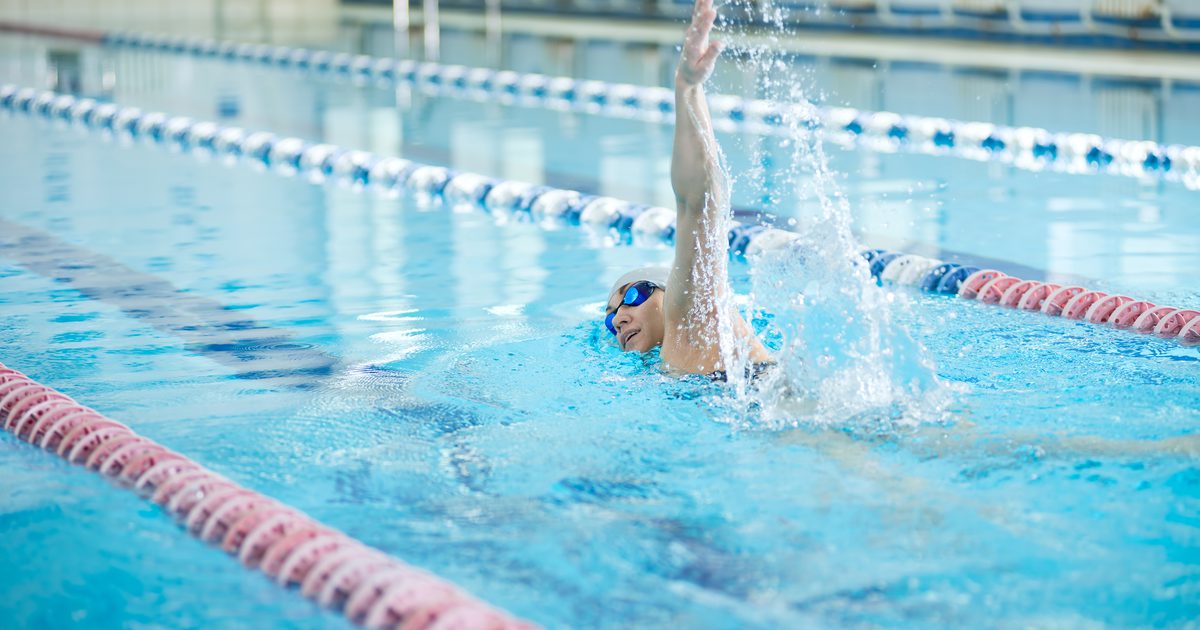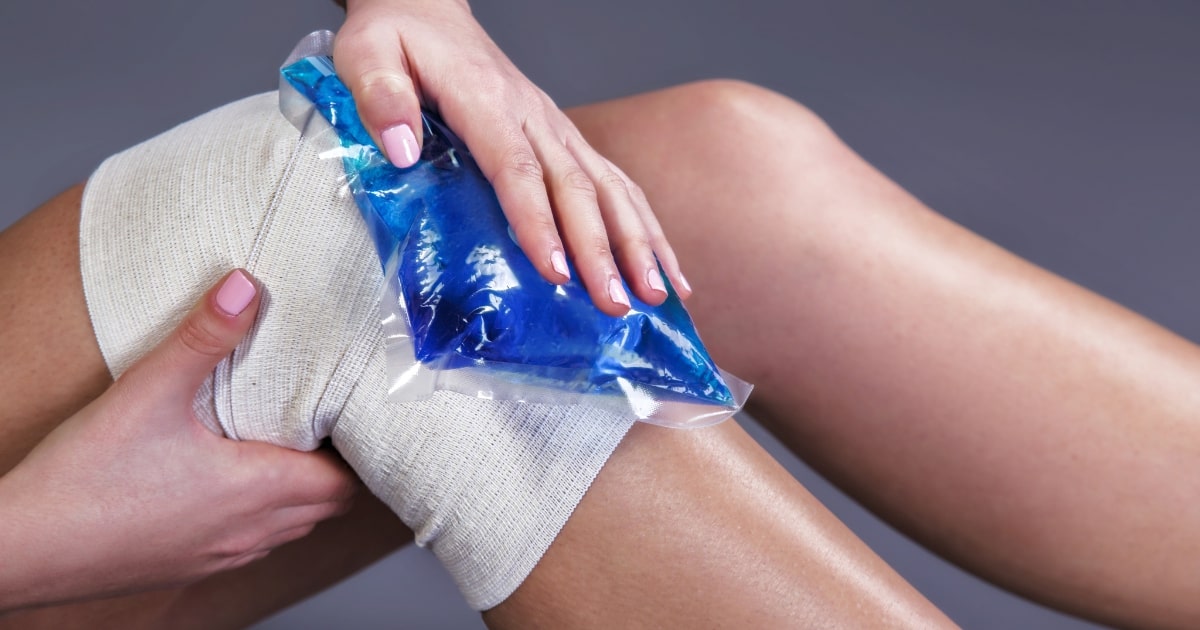How To Treat Osgood-Schlatter Disease
Osgood-Schlatter disease is an injury resulting from overuse. It most common in adolescents experiencing growth spurts and is caused by inflammation of the tendon that attaches the kneecap to the shinbone. Osgood-Schlatter disease can cause pain during physical activity, especially during activities involving running and jumping. A bony bump may also be present at the site. One or both knees may experience not only pain but also swelling. Individuals with Osgood-Schlatter disease may also experience tightness in the hamstring and thigh muscles. This condition is diagnosed through physical examination and possible x-ray.
Treatment will vary depending on the severity of the injury. Here are several treatments physicians may recommend for Osgood-Schlatter disease now.
Take Over-The-Counter Pain Medication

Physicians typically suggest individuals with Osgood-Schlatter disease take over-the-counter pain medication as the first step in treatment. Nonsteroidal anti-inflammatory drugs (NSAIDs) such as ibuprofen can be helpful in reducing the inflammation and swelling. As the inflammation is reduced pain will begin to dissipate. NSAIDs can sometimes be used in conjunction with or instead of other over-the-counter medications such as acetaminophen. NSAIDs can generally be taken every six to eight hours, while acetaminophen can be taken every four to six hours. Individuals with Osgood-Schlatter disease should attempt to take the medications on a schedule to manage pain symptoms. As the area heals and the inflammation dissipates, less medication will need to be used to manage pain.
Uncover details on more treatments for Osgood-Schlatter disease now.
Surgery To Remove Overgrowth

Surgery to remove the overgrowth in patients with Osgood-Schlatter disease is typically only performed on adults. The disease typically goes away on its own in adolescent patients and performing surgery on adolescents runs a risk of damaging the growth plate. Surgery involves removing the overgrown bone fragments from around the tendon, thus reducing the irritation resulting from inflammation and pain. Patients will have to wear a cast for several weeks post surgery as well as crutches to help with mobility. Research indicates ninety percent of patients with Osgood-Schlatter disease who undergo surgery have their pain significantly reduced or eradicated within a matter of months.
Continue reading to reveal more options for treating Osgood-Schlatter disease now.
Physical Therapy

Physical therapy may be recommended for individuals suffering from pain related to Osgood-Schlatter disease. Physical therapists will complete an examination and assessment to determine how severe the condition is. Tests include measurement of the knees, hips, and ankles as well as a range of motion test. Therapists may also assess how flexible the patient's joints are and the strength of the patient's legs, hips, and ankles. Based on the information garnered from the tests, physical therapy recommendations can include stretching exercises to reduce tightness in the hamstrings and thighs, strengthening exercises to build up the legs and improve muscle support and balance and coordination exercises.
Learn more about treating Osgood-Schlatter disease effectively now.
Engage In Cross-Training

Patients with Osgood-Schlatter disease may engage in cross-training to help not only reduce pain and strengthen the body but also improve blood flow and reduce inflammation. Cross-training can be especially helpful for individuals involved in running and running based sports. It involves focusing on two or more areas of physical activity (for example cardio and strengthening) to give the body a thorough and complete workout. For example, runners can engage in cross-training activities such as swimming or kayaking. Cross-training also gives the body a chance to heal from repetitive movement such as running. Research indicates cross-training can reduce recovery times considerably.
Get more information on how to treat Osgood-Schlatter disease now.
Rest And Ice The Affected Area

Along with the aforementioned over-the-counter medications one of the first treatment suggestions physicians give typically to those suffering from the pain of Osgood-Schlatter disease is to rest and ice the affected area. Because Osgood-Schlatter disease is an overuse injury, taking a break from strenuous exercises will help to reduce irritation to the area and the resulting inflammation and pain. Those with this condition can speed their recovery time by resting the injured knee or knees several times a day. Ice naturally calms inflammation and swelling and used together with rest and elevation of the knee or knees, can aid in the healing process.